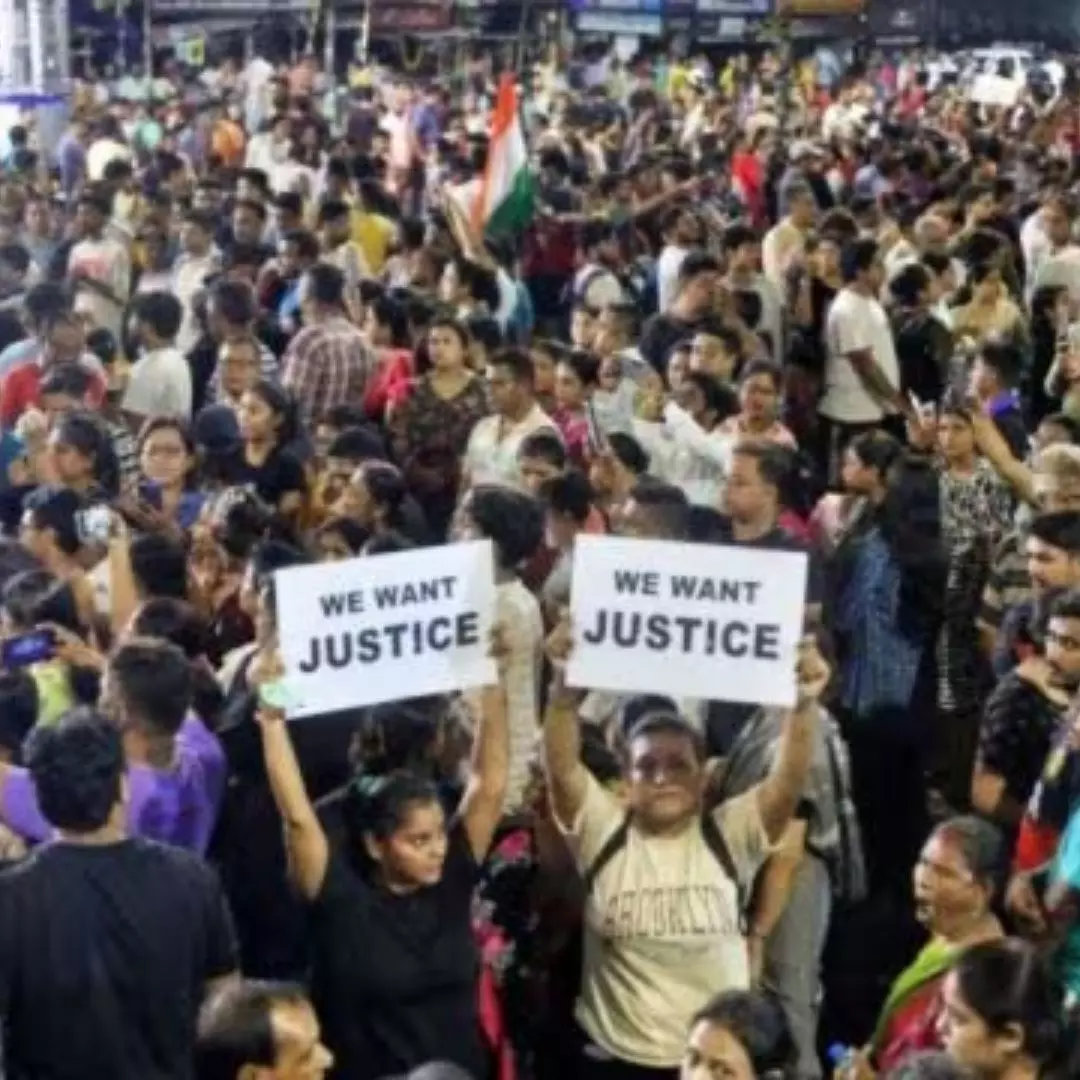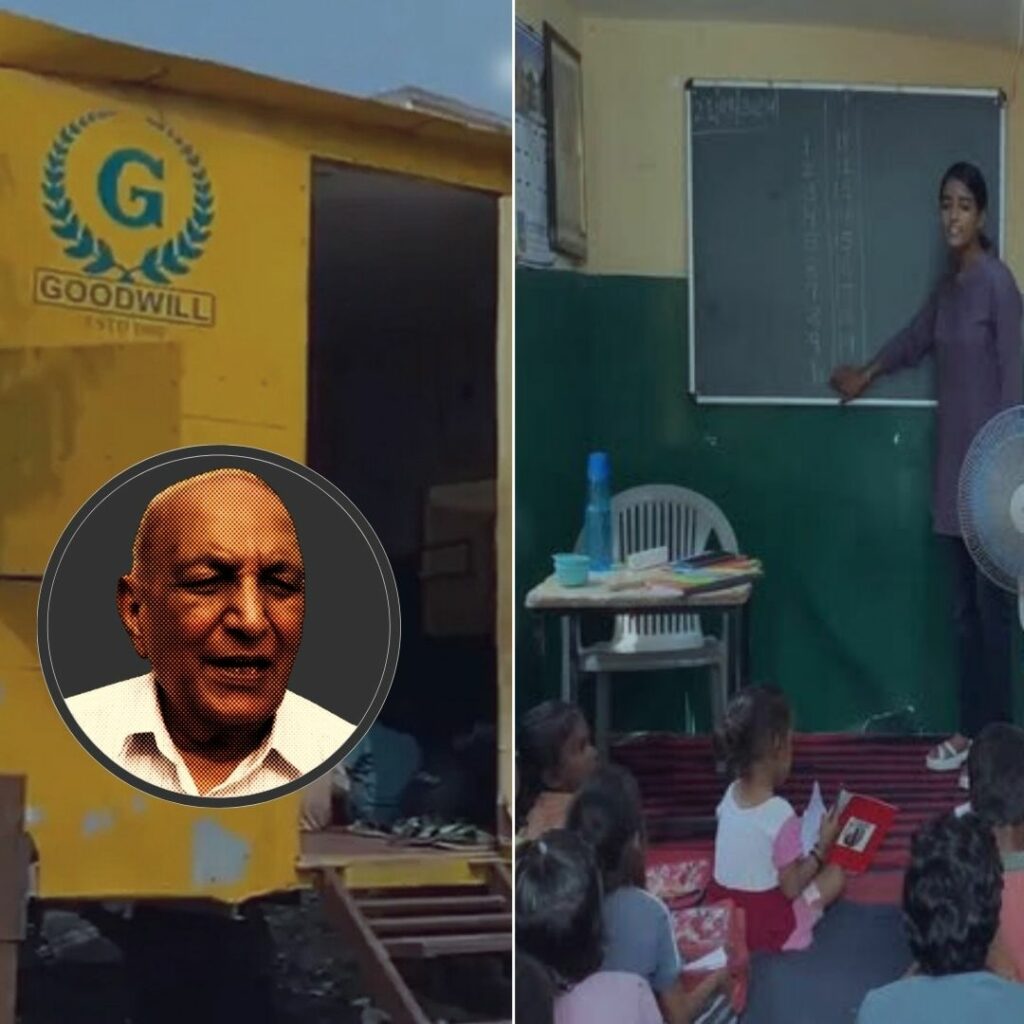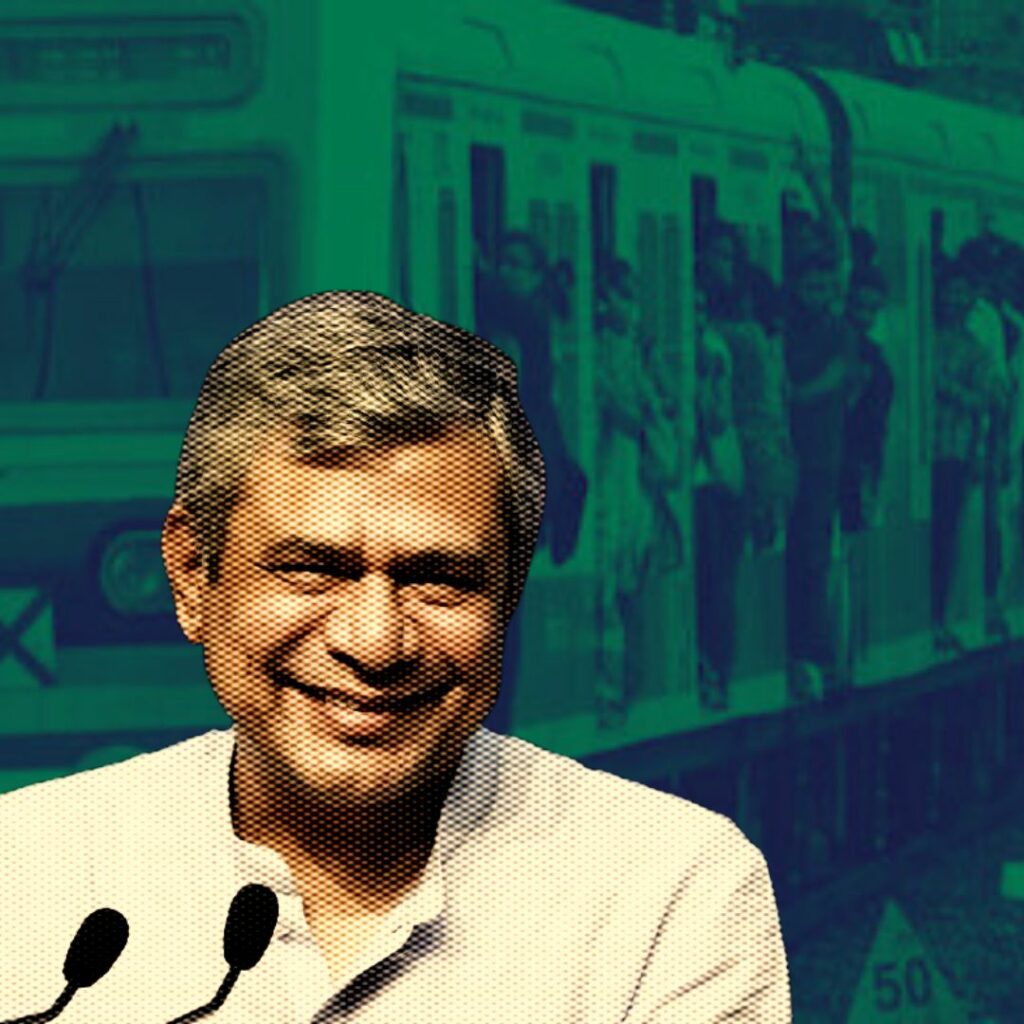In recent weeks, Kolkata has witnessed a powerful and poignant wave of protests led by junior doctors demanding justice and safety reforms following the tragic rape and murder of a fellow physician at RG Kar Medical College. The incident has not only ignited outrage within the medical community but has also resonated deeply with the public, sparking widespread demonstrations across the city. As junior doctors rally for their rights and the protection of healthcare workers, their calls for change are echoing far beyond the walls of hospitals, highlighting critical issues of safety, dignity, and accountability in the healthcare system. This article delves into the major developments surrounding this unfolding crisis, capturing the voices of those at the forefront of this movement.
1. 11 October – Mass Resignation of Senior Doctors
Fifty senior doctors at RG Kar Medical College resigned en masse to support junior doctors demanding justice for a colleague allegedly raped and murdered. They expressed concern over the deteriorating health of protesting doctors on hunger strikes and called for immediate government intervention to resolve the ongoing crisis.
2. 10 October – Protests Continue Amid Police Denial
Despite police denying permission for a major rally, junior doctors in Kolkata continued their protests, emphasizing their demands for justice and safety within medical institutions. The rally was planned from College Square to Esplanade but faced restrictions from local authorities.
3. 8 October – Scaling Down of Protests Announced
Protesting junior doctors announced plans to scale down their protests while resuming emergency services from October 14. They will continue to strike in outpatient departments (OPDs) until their demands are met, including a deadline for addressing the culture of threats in hospitals.
4. 6 October – Ongoing Hunger Strikes
As hunger strikes persisted among junior doctors, senior medical staff expressed alarm over their health conditions. The situation prompted discussions about mass resignations among senior doctors if the state government failed to engage meaningfully with the protesters.
5. 2 October – Massive Rally on Mahalaya
On Mahalaya, thousands of junior doctors participated in a significant protest march, asserting that their movement for justice took precedence over the festive atmosphere in Kolkata. The rally culminated with symbolic acts, including lighting diyas along the Ganga River.
6. 29 September – Call for Mass Protest Events
The West Bengal Junior Doctors’ Front organized a mass convention to mobilize support for upcoming protests, coinciding with a Supreme Court hearing related to the case. They emphasized the need for justice and safety reforms in healthcare settings.
7. 27 September – Continued Public Support
Public demonstrations continued as citizens joined junior doctors in demanding justice for the victim and highlighting issues of safety within medical institutions. The protests received widespread media coverage and community support across Kolkata.
8. 15 September – Nationwide Protests Erupt
In response to the tragic incident, tens of thousands participated in protests across West Bengal, including a significant “Reclaim the Night” march that highlighted women’s safety issues. This marked a pivotal moment in the ongoing agitation against violence towards women.
9. 9 August – Incident Sparks Outrage
The rape and murder of a 31-year-old doctor at RG Kar Medical College triggered immediate outrage and protests across West Bengal. The incident raised serious concerns about workplace safety for healthcare professionals and led to calls for systemic reforms within the medical community.
10. August – Initial Protests Begin
Following the horrific incident, junior doctors initiated protests demanding justice and accountability from authorities, marking the beginning of a prolonged struggle that would attract attention from various sectors of society, including civil rights activists and public figures.











